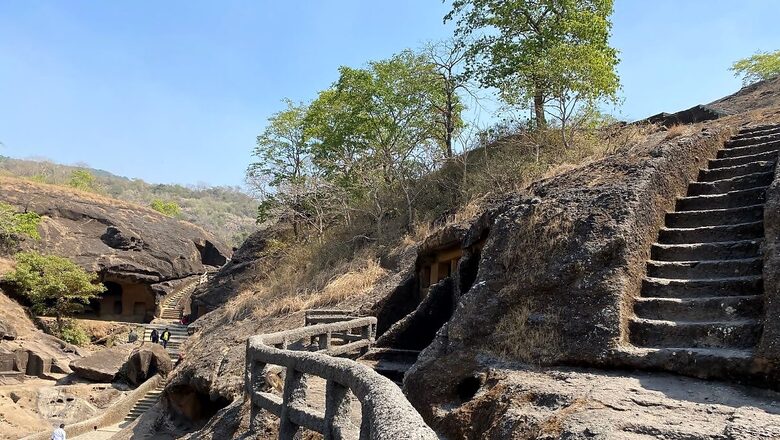
views
Many natural parks that are admired worldwide are also home to ancient historical marvels. These parks protect cultural and historical features, as well as archaeological features that portray life in the ancient era. Here we will discuss some of the most famous national parks which represent this diverse ancient history.
Sanjay Gandhi National Park, India
Location: Mumbai, Maharashtra
Established: 1996 (though the Kanheri Caves are pre-historic in origin)
Historical Significance: Kanheri Caves, inside Sanjay Gandhi National Park, are some of the oldest and ancient ones belonging to the 1st century BCE to the 9th century CE. These caves were made from basalt and were once an important hub for Buddhist teachings. A glimpse of early Buddhist monastic life and art can be seen in the intricate carvings and the stupas in the caves located here. It is located in Mumbai and the park itself is a green patch in this concrete jungle.
Mesa Verde National Park, USA
Location: Colorado
Established: 1906
Historical Significance: Mesa Verde is a famous area that has been preserved to showcase the Ancestral Puebloan cliff dwellings such as the Cliff Palace and Balcony House. The park has more than 5,000 archaeological sites among which there are the 600 cliff houses constructed between 600 and 1300 AD. People can look up to those astonishing examples of outstanding architecture and learn about the lifestyle of the Ancestral Puebloans’, who inhabited this land before the arrival of the Europeans, sustaining themselves through agriculture, hunting and foraging.
Great Smoky Mountains National Park, USA
Location: Tennessee and North Carolina
Established: 1934
Historical Significance: This park is not only famous for its biological diversity but also for its historical background. It has numerous buildings that date back to the mid-19th and early 20th century such as old homes, churches and schools. The region in which it is located was populated by numerous indigenous people some of which include the Cherokee Nation. The park is an open-air museum preserving aspects of Appalachian life and heritage with a trail that includes commendation of archaeological features and ancient ceremonial grounds and burial mounds.
Canaima National Park, Venezuela
Location: Gran Sabana region
Established: 1962
Historical Significance: Canaima National Park, can be best described as having table-top mountains and waterfalls including the famous Angel Falls. Though well known for its natural values, the park is a cultural area for indigenous people, including the Pemon. This area is home to their traditions, myths and a bond with the land that unites them. Tourists can gain an insight into the indigenous people through cultural tourism.
Uluru-Kata Tjuta National Park, Australia
Location: Northern Territory
Established: 1985 (originally as Ayers Rock-Mount Olga National Park)
Historical Significance: Uluru (Ayers Rock) is a significant tourist attraction that has deep cultural and natural importance to the local people, the Anangu. The park also has petroglyphs that depict creation and other ancestral figures that have existed for thousands of years. Tourists may, for instance, walk through the base of Uluru.
















Comments
0 comment